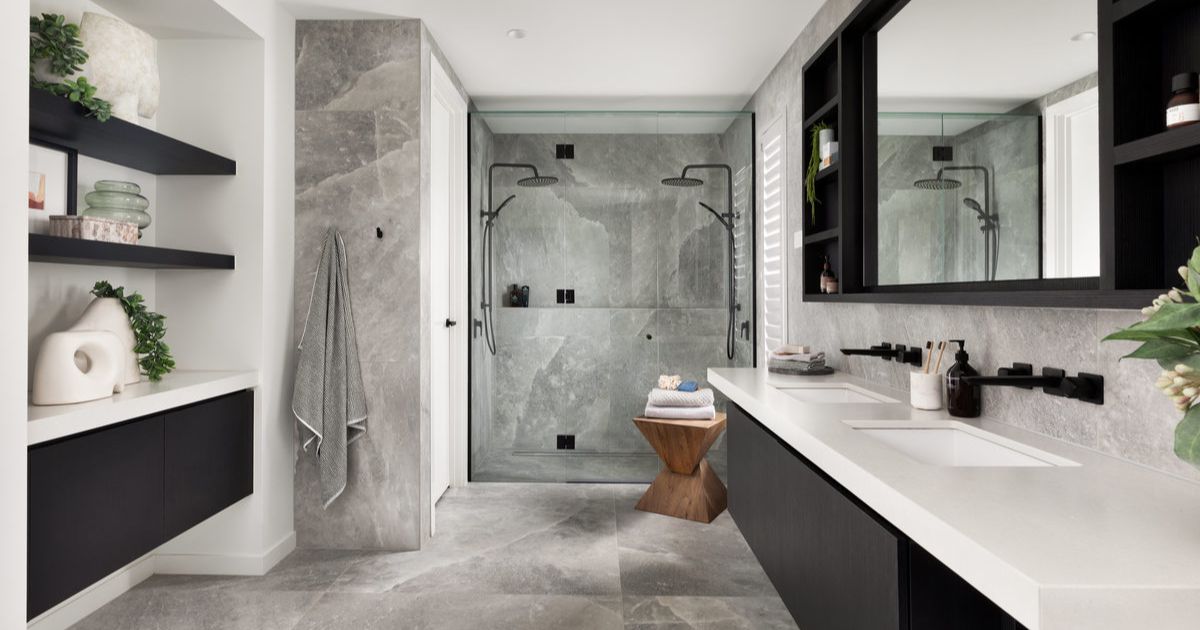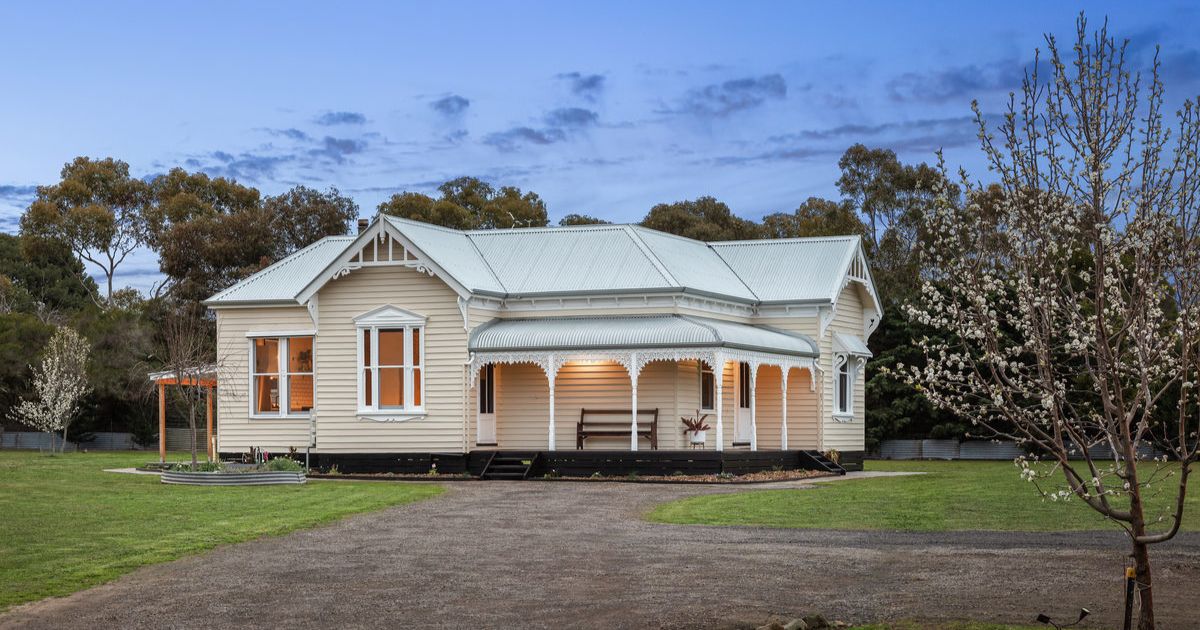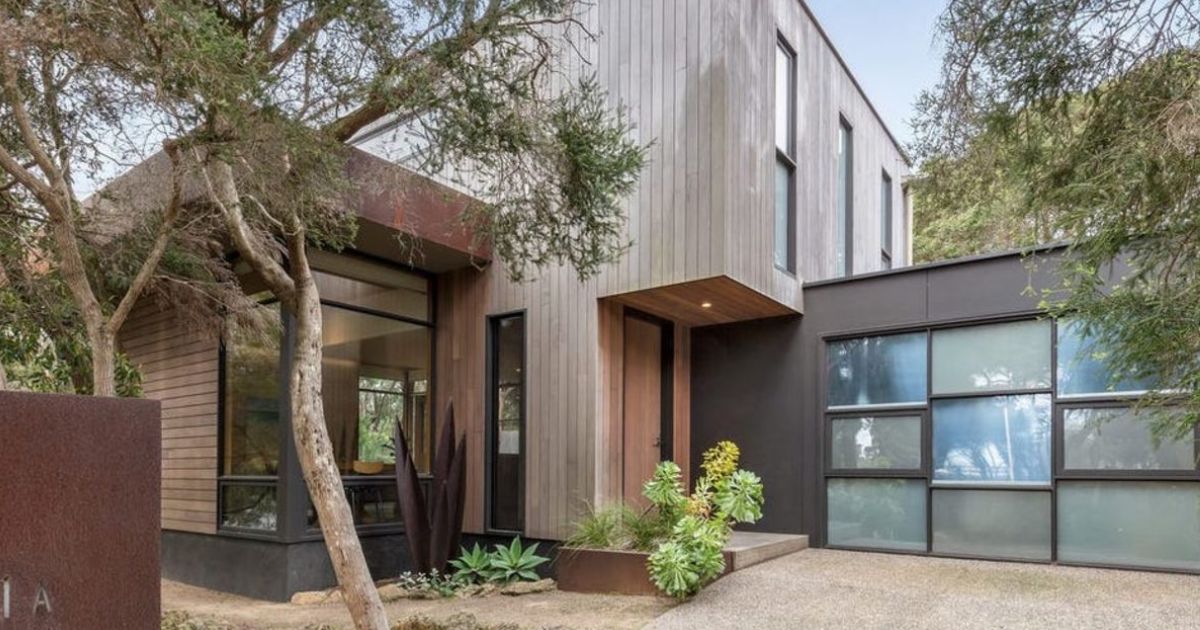The case for abolishing negative gearing is flawed
The annual kite flying from our politicians for the banning of negative gearing is on again and is another prime example of a lack of economic intuition driving political policy.
A quick headline, maybe a few votes, another whack at the middle class tax-payer, all without proper analysis and understanding of the ripple effect.
The reality is that changes to negative gearing will decrease housing affordability, increase rents and ultimately increase homelessness. Abolishing negative gearing is not a silver bullet for housing affordability. In fact, abolishing it would have dire consequences for those who can least afford it.
Let’s explain negative gearing to those of you who may not be familiar with how it works. Negative gearing allows investors to offset the losses from their investment properties against their taxable income. This practice means costs such as work done to improve a property and most commonly, the interest-only component of a loan are claimable as a tax deduction, and can be written off against your total income. The deduction cannot be used to pay down the capital debt. It only works if the investment has a rental return and that return is less than the costs.
Property professionals do not encourage or advise people to negatively gear property for the long term. The goal of all property is to become positively geared as soon as possible. A rule of thumb is a three-to-five-year timeframe when a property stays negative before moving to positive. This is why property is always described as long-term investment.
Negative gearing simply allows landlords to buy property, upgrade it if necessary, and claim back their losses in the time it takes to become positively geared. Noting when it does become positively geared, profit is taxed at 36 per cent (being the average income tax rate of a single Australian tax payer), so swings and roundabouts.
Now for the statistical analysis that proves abolishing negative gearing will not work!
The ATO data confirms in Australia about 3.5 million properties are owned as investment property, out of an approximate total of 11.1 million dwellings (31 per cent). Of these approximately 1.645m (47 per cent) are negatively geared. Let’s assume negative gearing is abolished effective July 1 2025. No point holding a property that is losing you money, so 47 per cent of the rental pool would be under threat, resulting in panic in the rental market and rents would automatically go through the roof.
Even if only half of the 1.645 million properties hit the market we would not be able to absorb that amount of property in one year, and the sell-down is then likely to take longer. Let’s assume this sell-down would happen over say a three-year period, with 274,000 additional properties added to the market each year for three years.
At the peak of the COVID property cycle 730,000 properties sold in the year 2022. This dropped to 670,000 in 2023, if we add back 274,000 properties, we increase market stock to around 950,000 per annum. This would still have minimum impact on housing availability based on the three-year average for natural population growth. This figure based on the estimated level of net overseas migration in the federal budget is 535,000 people needing housing during the 2022-23 financial year. Based on an average size of 2.49 people per home, 215,000 additional homes in net terms are needed to be added to the existing housing stock, on top of the natural number transacted.
This wipes out the benefit of adding this additional stock to the market via abolishing negative gearing, and we would be back to where we started. However, the unintended consequence of rental demand being sky high, would be disastrous. Rental affordability would be limited to the wealthy.
The outcome of this policy change would mean people with positively geared property would be able to charge more and earn more. People paying rent would have to pay considerably more. Housing prices would be minimally impacted. And what about those who cannot afford the rental increases? Families on the streets, homelessness through the roof. In Victoria, we currently have 3,500 fewer homes available for social housing than when the state government announced the big housing build. As the former founding chair of Lazarus Community House, I have witnessed homelessness across our community. I hold the view homelessness is already bad enough. We cannot afford to add to the problem.
I don’t have all the answers, but I do know that those who think a policy of abolishing negative gearing has merit, need to carefully consider the ripple effects. They need to ensure a structure is in place to support the families who will inevitably be suffering from housing unaffordability and homelessness.


















